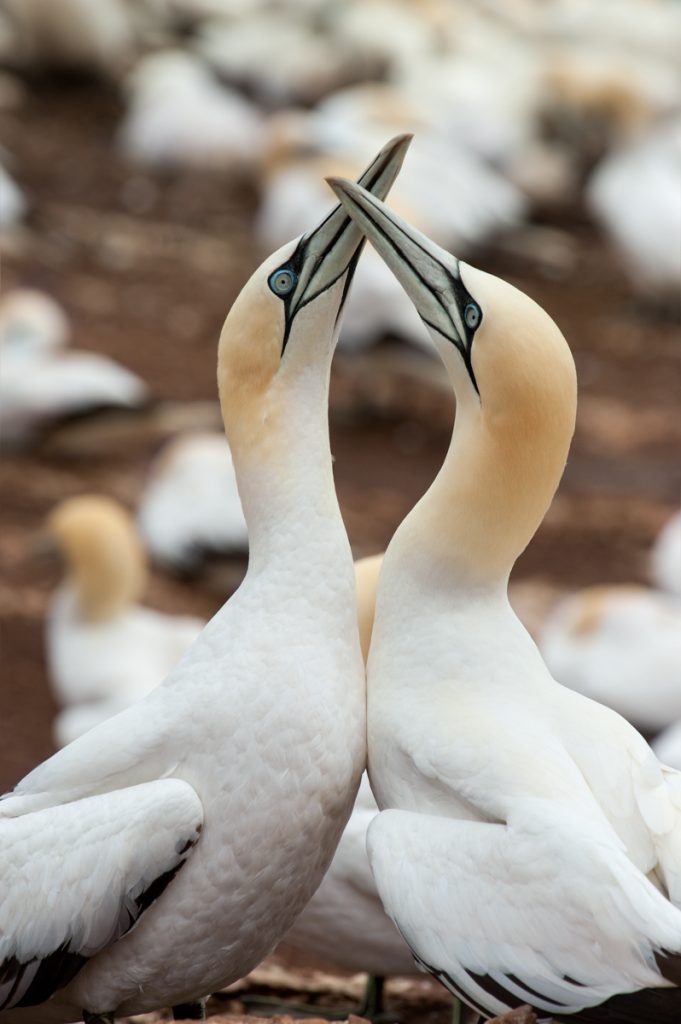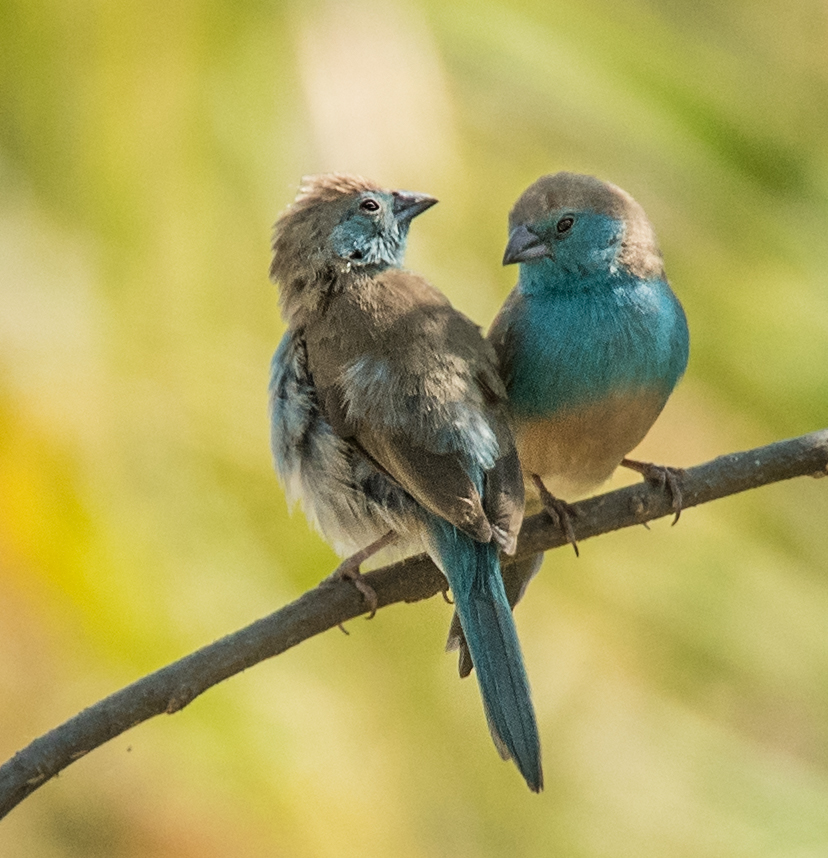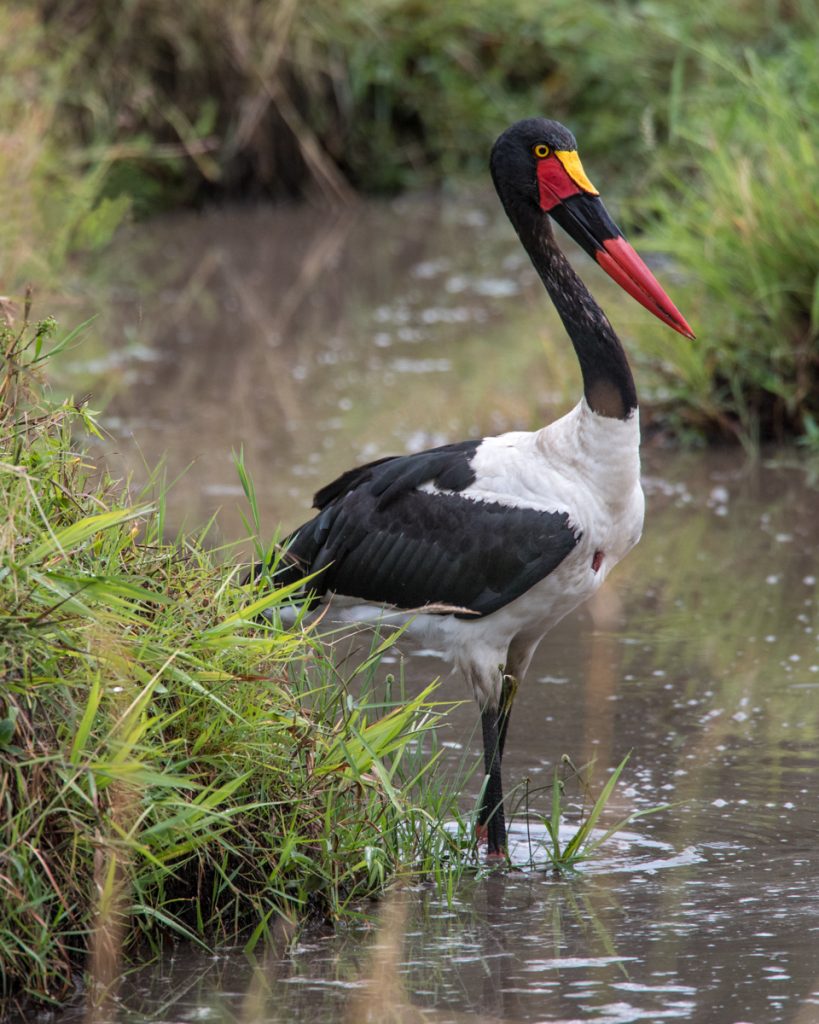
Birds have been the source of myths and stories for centuries and are woven through many aspects of different cultures – from the stories of Greek gods to medieval, pagan beliefs. The state and country birds are the topic of poems and can be a part of various spiritual practices. These birds are also symbols for different holidays, seasons, and stages of life. Let’s explore some relevant myths related to birds, beginning with an interesting take on what valentine’s day and birds may have in common due to a medieval idea.
Did Medieval lore contribute to bird mating behaviors?
Some medieval birdwatchers in Europe – most likely France – possibly believed a Slovenian tradition that Spring began on February 14th. They decided that this was also the date that birds began mating. It happened by chance that this date also commemorates the day that third century Roman Saint Valentine was martyred. Today we celebrate February 14th as a day of love. Mating birds were written about in medieval poems, including “The Parliament of Fowls” by Geoffrey Chaucer, which is one of the earliest writings that indicate Valentine’s Day is for lovers:
“For this was on saint Valentinës day
When every fowl cometh there to chose his mate.”
In this poem, he compared the mating rituals of birds to those of humans.
By the mid-1500s to early 1600s, the association of mating birds with Valentine’s Day was strong, mostly because so many birds mate for life. Throughout history more poems have mentioned this correlation.
Over time, lovers were often referred to as “lovebirds,” which can refer to any mated pair of birds – but real lovebirds, the nine parrot species in the genus Agapornis, were given this common English name due to their caring nature towards each other.
The myth of the stork delivering babies
Many times after Valentine’s Day, we see the arrival of babies nine months later. The myth of the stork bringing babies to families became popular around the same time period as the myth of the birds mating on Valentine’s day – it was widespread by medieval times. This myth has a few different origins. The first goes all the way back to Greek Mythology. Hera, the wife of Greek god Zeus, became jealous of a mortal named Gerena and turned her into a stork. Gerena did not want to leave her infant baby, believed to be the product of an affair with Zeus, so she flew away with her baby in a blanket.
The myth reappeared in medieval times in Europe. Many couples got married during the Summer Solstice, which symbolized fertility and prosperity. Storks also migrated during this time from northern Europe, and returned 9 months later – just as newly married couples were giving birth to honeymoon babies. During this time, prudish parents used this story to explain where babies came from to their children. Storks are also considered to be attentive and caring parents, which contributed to this myth. In the 19th century, this myth re emerged stronger, when Hans Christian Anderson wrote about storks delivering babies to deserving families in “The Storks.”
Have you heard of any of these stories before? Which interests you most?






